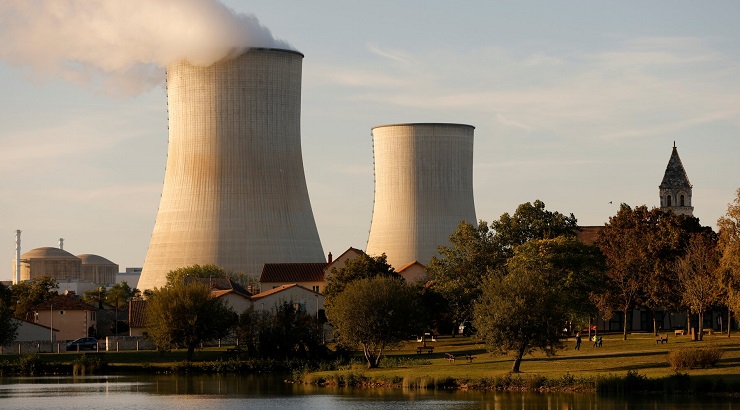Infrastructure
IAEA Approves Uganda’s First Nuclear Power Project
Atomic Energy Agency says country is ready for nuclear power.

The International Atomic Energy Agency (IAEA) has endorsed Uganda’s plan to build its first nuclear power plant as the country seeks to raise its electricity generation capacity by nearly 14 times to 17,000MW in the medium term.
On Monday, IAEA’s director for Africa Aline des Cloizeaux briefed President Yoweri Museveni on the approval, saying the agency was ready to help Uganda to actualise the project.
“We have concluded that Uganda is ready for the plant. We are ready for all the support through training so that the project becomes a reality,” des Cloizeaux said.
The approval follows IAEA’s eight-day mission to Uganda last December to review the country’s infrastructure development for a nuclear programme.
Nuclear weapons
President Museveni said Uganda was seeking to develop nuclear energy to make up for shortfalls in hydropower, currently its main source of power generation.
“For us, we want that power for electricity, for agriculture, and not for nuclear weapons,” President Museveni said after receiving the agency’s report.
IAEA, whose mission is to assist member countries in building safe and secure plants, has asked Uganda to build its nuclear facility in a phased approach.
In phase one, Uganda is expected to put in place an understanding of commitments, obligations, and resource requirements before embarking on the project.
Phase two will involve building specialised nuclear institutions and preparatory work toward the construction of the nuclear power plant.
The third phase of the project will involve managing construction and preparing for commissioning and operations of the power plant.
RELATED: Kenya Testing Site for $5bn Nuclear Power Project
Uganda’s energy minister Sidronius Opolot Okasai said the government had already acquired land for the 2,000MW plant, although he did not disclose the site.
This puts Uganda one step ahead of Kenya – which is scouting for a site for construction of a $5 billion nuclear power plant that is expected to generate 1,000MW by 2027.
Kenya plans to build a nuclear power plant despite warnings by experts who believe the county is better off developing more geothermal wells, solar parks, and wind farms.
Long construction timelines (about 10 years), and costly decommissioning of plants at the end of their lifespan, have dissuaded some countries from investing in nuclear energy.
For example, Germany, the world’s eighth-largest nuclear power producer, plans to close its last operating reactor in 2022 as part of its nuclear phase-out.
Belgium is also planning to close all of its existing nuclear reactors by 2025.
Electricity demand
Nonetheless, several countries are betting on nuclear energy to meet their rising electricity demands – with a third of the nearly 30 countries being in Africa, according to IAEA.
These states include Egypt, Morocco, Ghana, Kenya, Uganda, Sudan, Niger, Zambia, Tunisia, and Nigeria. Some of these countries have already engaged with the IAEA to evaluate their readiness to adopt a nuclear program.
Globally, five countries account for 71.6% of the world’s nuclear power production.
These include the U.S (with 96 reactors generating 789,919 GWh), China (50 reactors generating 344,748 GWh), France (58 reactors generating 338,671 GWh), Russia (39 reactors generating 201,821 GWh), and South Korea (24 reactors generating 152,583 GWh).
In the U.S., nuclear power generates over 50% of the country’s carbon-free electricity.
Nuclear power makes up to 70% of France’s electricity mix.
The country now plans to expand its nuclear capacity, just as is the case with China – which is planning to build 150 new reactors by 2035 at $440 billion.














